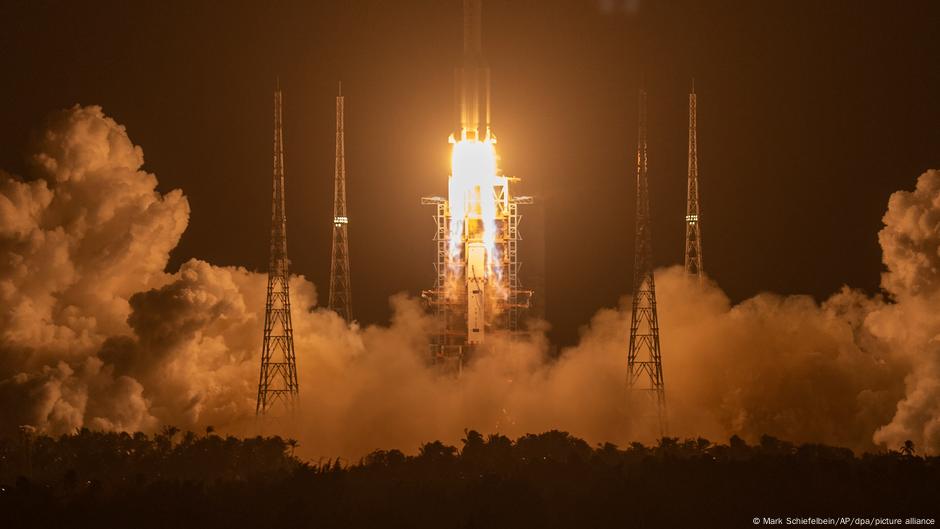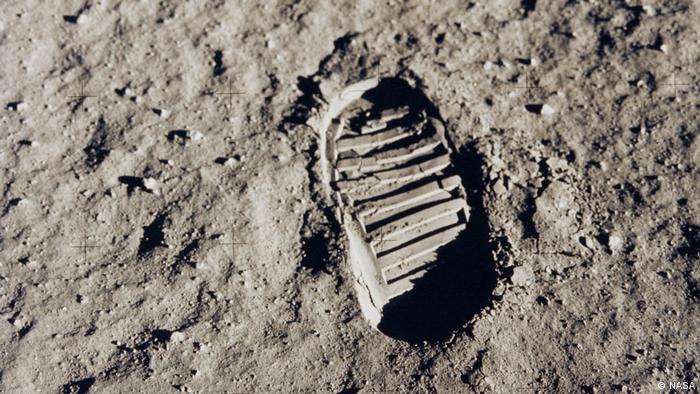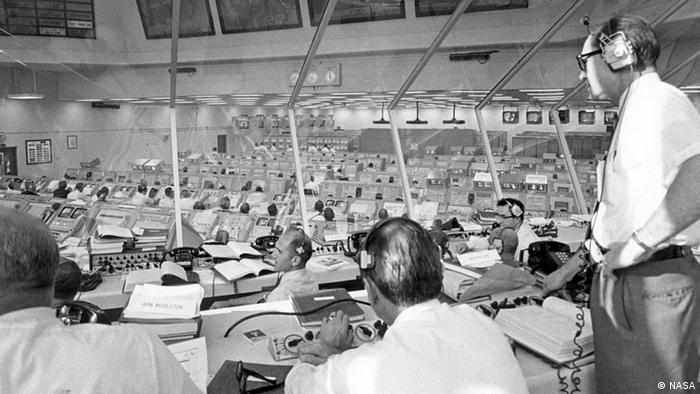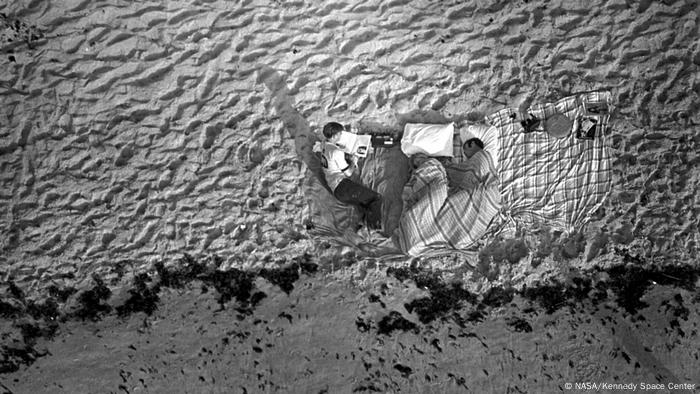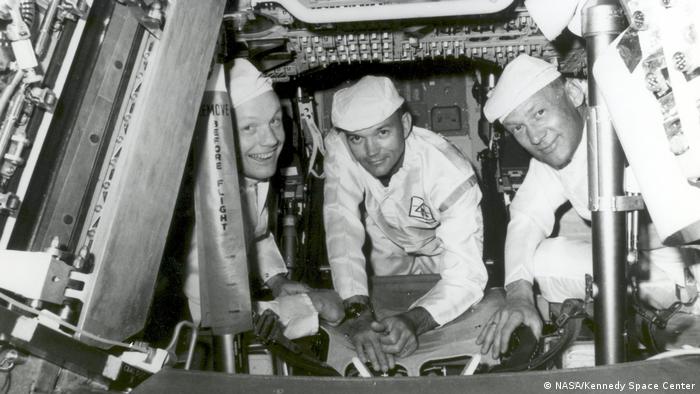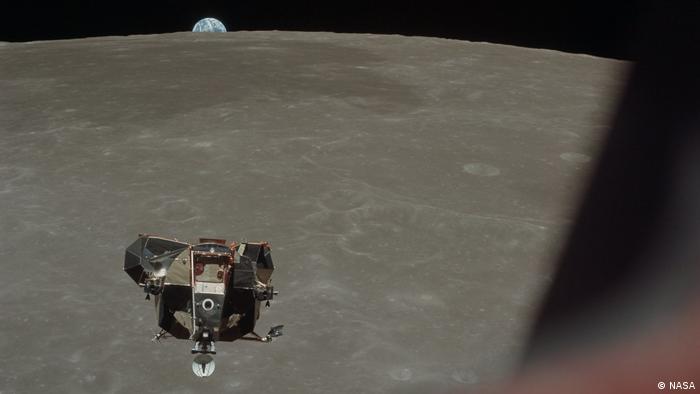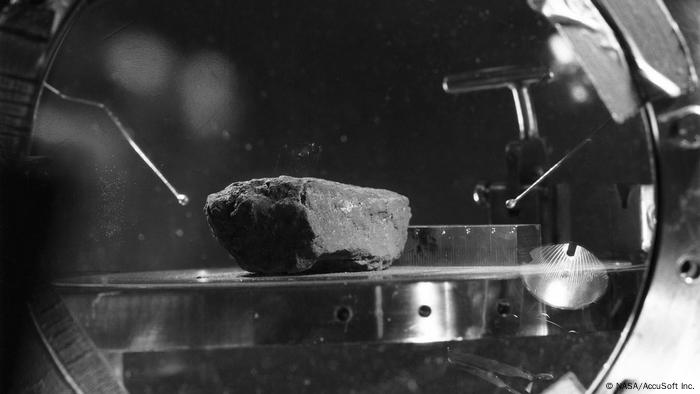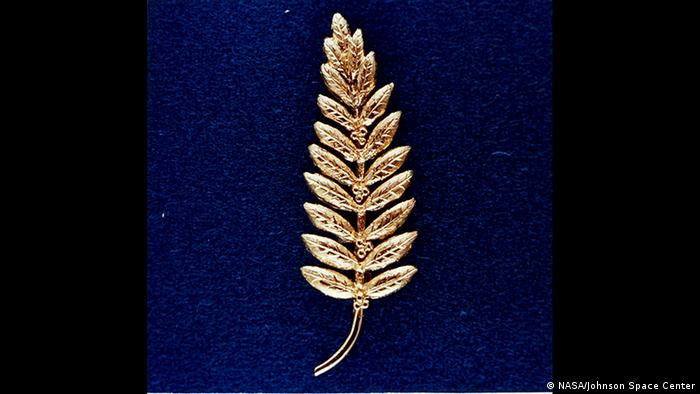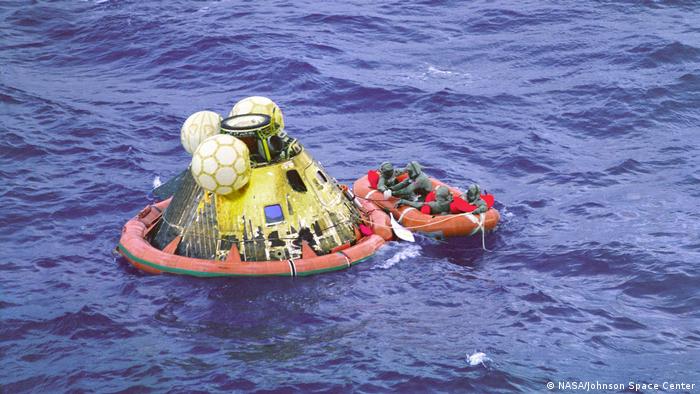China launched a space probe on Monday (11/23) to collect material from the lunar surface and then return to Earth. The Chang’e 5 probe mission is the first of its kind since the 1970s.
The probe was launched aboard the Long March 5 rocket from the Wenchang Launch Center in Hainan Province in southern China.
“The spacecraft has accurately entered the previously established orbit. The mission was successfully completed,” said Zhang Xueyu, director of the launch center and head of the mission, quoted by Chinese state television CCTV.
According to the Chinese state news agency Xinhua, this is one of the “most complex and challenging space missions” that China has ever undertaken.
“The mission will help promote China’s scientific and technological development and establish an important foundation for future manned moon landings,” said the deputy director of the Chinese Space Administration’s Lunar Exploration Center Pei Zhaoyu, quoted by Xinhua.
Chang’e 5 will place several modules on the lunar surface to dig about 2 meters on the lunar surface and collect about 2 kg of rocks and earth. The spacecraft will take two days to reach the surface and the mission will last 23 days, Pei said. The samples are expected to arrive on Earth in a capsule in mid-December in Mongolia.
The mission will make China the third country capable of taking samples of lunar material, after the United States and the former Soviet Union did the same in the 1970s.
According to CCTV, the mission aims to contribute to scientific studies on the formation and evolution of the Moon.
The mission, named after the Chinese moon goddess Chang’e, is among the boldest in China since the country first put a man into space in 2003, becoming the third nation to do so after the United States and Russia. .
In 2019, China’s Chang’e 4 probe was the first to land on the relatively unexplored side of the moon, which is not visible from Earth. It continues to provide comprehensive measurements of radiation exposure from the lunar surface, which are vital for any country planning to send astronauts to the moon.
Last July, China became one of three countries to launch a mission to Mars to look for signs of water on the red planet. Chinese authorities have indicated that the Tianwen 1 space probe is underway to reach Mars around February.
Although the US has closely followed China’s successes in space, it is unlikely to partner with the country, at a time of mounting political tension and distrust, military rivalry and allegations of technology misappropriation.
AS / lusa / efe / ap
-
Apollo 11: Photos of the first trip to the Moon
“One small step for a man”
First steps on the Moon. When he stepped on the moon’s surface on July 20, 1969, American Neil Armstrong said one of the most famous phrases of all time: “This is a small step towards [um] man, but a great leap for humanity. “It is still debated how and when the astronaut invented that phrase and whether in saying it he forgot the article” one “.
-
Apollo 11: Photos of the first trip to the Moon
The game
From the control room of the Kennedy Space Center (KSC), Apollo program director Samuel C. Phillips oversees the activities prior to departure on July 16, 1969. Apollo 11, the first moon landing mission, was launched with the Saturn 5 rocket. Aboard the spacecraft were Neil Armstrong, Edwin “Buzz” Aldrin and Michael Collins.
-
Apollo 11: Photos of the first trip to the Moon
Space TV
These three people were among the thousands of onlookers who camped on beaches and streets near Kennedy Space Center, NASA’s launch station in Cape Canaveral, Florida, to closely monitor the departure of Apollo 11. About one million people flocked to the site to see the historic space flight up close
-
Apollo 11: Photos of the first trip to the Moon
Lights, camera, action, take off!
But not only were thousands of enthusiasts in attendance, but also thousands of reporters followed the departure of the Apollo 11 mission. A total of 3,497 reporters were officially accredited for the event, all huddled in the Kennedy Space Center’s press area. On July 16, 1969, Saturn 5 took off.
-
Apollo 11: Photos of the first trip to the Moon
Teamwork
One of the crew was unable to go to the moon and had to stay in orbit. Michael Collins (center) said in 2009: “I felt part of what happened on the Moon. I know I would be a liar or an idiot if I said I occupied the best of three seats. [da Apollo 11], but I can honestly say I’m happy with what I’ve done. “
-
Apollo 11: Photos of the first trip to the Moon
“The eagle has landed!”, But …
At 20:17:58 (UTC) on July 20, 1969, Neil Armstrong made a concise transmission: “The eagle has landed!” But it took a while for the two astronauts to actually arrive on the moon, first of all it was necessary to prepare the return flight. Finally, on July 21st, at 2h56min20s (UTC), the big moment arrived: Neil Armstrong stepped on the lunar surface.
-
Apollo 11: Photos of the first trip to the Moon
So close
This photo was taken by Michael Collins on July 21st. The lunar module of the Eagle can be seen on its return from the Moon; behind it, you can see the lunar surface and, on its horizon, the Earth. While Armstrong and Aldrin were the first humans to step on the Moon, Collins kept his place on the Columbia command module and waited in lunar orbit.
-
Apollo 11: Photos of the first trip to the Moon
Sample no. 10.003
During the two-hour exploratory tour outside the Eagle, Armstrong and Aldrin collected 21.5 kilograms of lunar material. This small rock is part of it. The photo was taken on July 27, after returning to Earth. During the six lunar landings, the astronauts collected 2,415 samples, totaling nearly 400 kilograms. They are all listed in the “Catalog of samples and lunar photos”.
-
Apollo 11: Photos of the first trip to the Moon
Astral curiosities
But the astronauts left all sorts of things behind. This Neil Armstrong brooch is still one of the most iconic items. The 15 cm long olive branch represents peace. Future visitors may also come across golf balls, a family photo with a camera, Andy Warhol artwork, or a hawk feather. And watch out for astronauts’ droppings.
-
Apollo 11: Photos of the first trip to the Moon
Back to Earth
At 4:50 pm (UTC) on July 24, the crew landed in the Pacific, 21 kilometers from the aircraft carrier USS Hornet and 1,480 kilometers southwest of Hawaii. Upon arrival, the astronauts had to fill out a customs form, declaring the moon rocks. When asked if they could carry pathogens, they replied: “To be determined”. So they went into quarantine first.
-
Apollo 11: Photos of the first trip to the Moon
Stars not only in spacesuits
In this photo, the Apollo 11 astronauts are not wearing spacesuits, but shadows and ponchos. A tour took them to 24 countries and 27 cities in 45 days. The United States wanted to emphasize their willingness to share their spatial knowledge. Astronauts were celebrated as stars, as here, in Mexico City, on September 23, 1969.
Author: Hannah Fuchs (ca)
